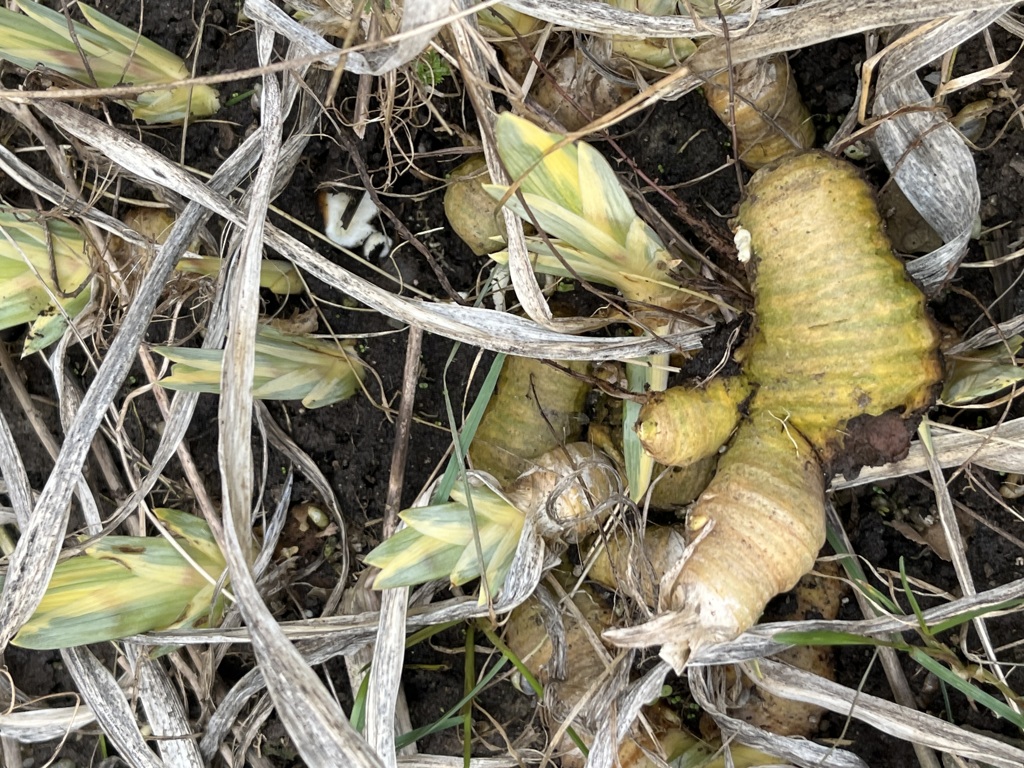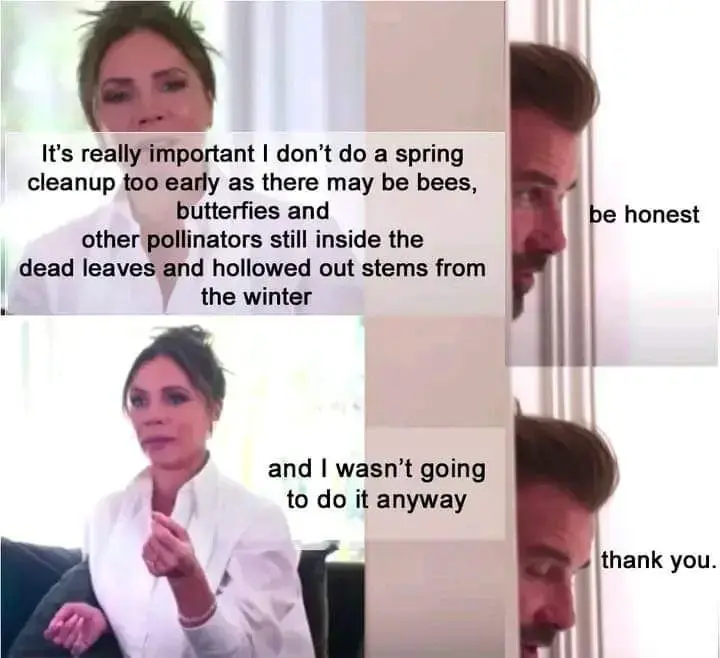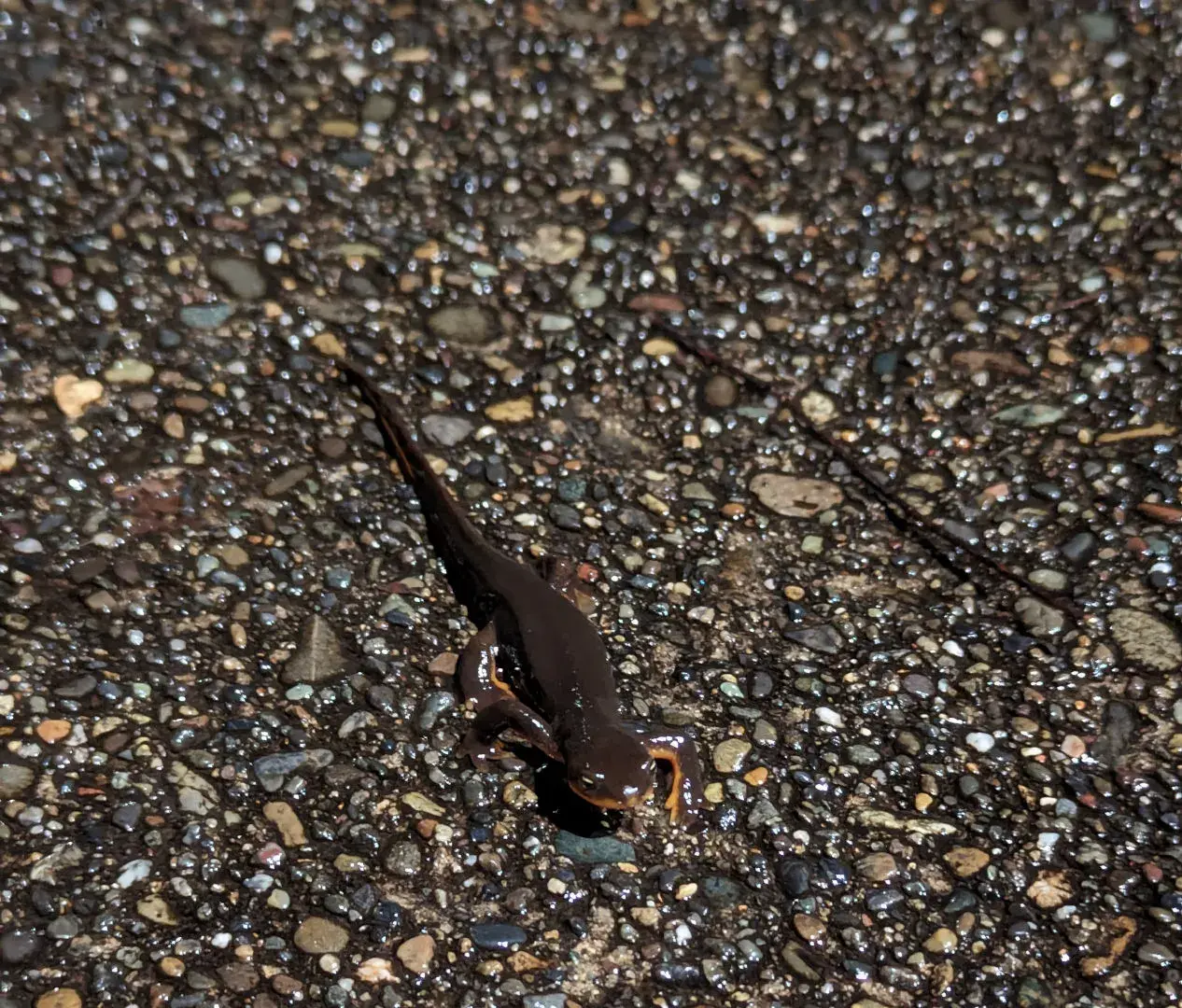Video for those who prefer video. An edited transcript with links to related images is below. Original documents are available and if you don't want to use google hmu privately however you want and I'll send them your way via other means.
Hey there everybody. Let’s think and talk about wind as it relates to forest gardening. In order to do that, we should probably start by defining some terms that underpin this discussion so we’re all on the same page.
Prevailing winds are regionally specific surface winds that predominantly come from a particular direction. While buildings, trees, and other structures on your site or the surrounding area might influence the way wind expresses on your site, the prevailing winds for your area will determine much of the direction of the air flow.
A windbreak is an object or group of objects which provide shelter from the wind. The area and amount of protection provided depends on a number of factors that we’ll discuss a little later.
The windward side of a windbreak is the side which faces the open, unobstructed wind. The leeward side of said windbreak is the side which is more protected from the prevailing winds by the windbreak. Yes, while the leeward side has greater protection there is still a benefit afforded to the windward side of these structures.
So why such a focus on windbreaks? I think they’re a useful model for understanding how our forests and forest gardens interact with the winds on our sites. If we’re approaching a forest or forest garden as a large pattern in our pattern language, it makes sense to view it as a repeating pattern of various nested windbreaks - much in the same way that a house is a repeating pattern of various nested rooms. It also provides us with a framework for understanding these properties and processes in an approachable way, without necessarily needing to have memorized these formulas by heart.
In short, a windbreak provides protection by disturbing and redistributing the flow of air around, over, and through it. The turbulence caused by the windbreak on its windward side is what gives protection to that face of the structure. That same turbulence drives some of the air mass around the obstruction and also creates a lifting effect that sends another portion of the wind over the windbreak, buoying higher air masses over objects that are in the wind shadow, which is another name for the area protected by the windbreak. When considering these effects in our forest gardens, this model of forests as a series of windbreaks can help us to better envision, map, and design for these protected spaces.
Still with me? Great because we’re through the introduction.
Think about the trees on your site. Picture them. Even better, measure and record a representative sample. How tall are they? How varied in height are they? How densely vegetated is the canopy? How greatly does the canopy vegetation change between seasons? What percentage of their total height is made up of the canopy? These are all important factors to keep in mind.
The height of the windbreak determines the overland distance of the protected area, often expressed as a multiple of the height. The density of vegetation in the crown and of the individuals that make up the windbreak define the effect of how much of the wind force is disturbed, diffused, and resisted. Some of this turbulence is what causes the air masses to rise as stated earlier. Other amounts of the overall wind will be dissipated or resisted by the tree. The ratio of living crown to tree height help to determine the tree’s capture potential, as well as describing where on the tree the fulcrum of resistance exists. When you see trees swaying and bending in the wind, the point between the ground and the top where the flex is occurring is heavily influenced by this crown ratio. These aren’t small amounts of force either, as we can see in this table. I’ll note that these measurements are based on studying sole open grown trees but that doesn’t detract from their usefulness in building a mental model of our forests with which we can work.
If we pretend for a moment that this is a well drawn representation of a three dimensional forested space with various types of vegetation, as viewed from above, we can begin to apply what we know about wind forces and the effects they’ll encounter as they move through our space.
As the wind interacts with the vegetation at varying heights, it creates eddies and currents which carry less embodied energy and can be more easily resisted and dissipated by further leeward plants. Having this vegetative cover at multiple heights can greatly improve the protective value of the windbreak, especially on sites where the canopy has closed enough to limit the presence of subcanopy trees, shrubs, and herbaceous plants. Forested spaces like these with similar heights may afford protection from the wind around their canopy but in the spaces around the trunks we may experience wind tunnel conditions that would not be present with greater variability in height across individuals. This benefit from greater density across heights presents diminishing returns past densities of 60 to 80 percent; the leeward side of the windbreak or forest will experience less protection at distances from 13 to 30 times the height of the trees than it would from the density ranging from 40 to 60 percent.
Now that we have a better understanding of how wind will interact with the space, we can begin to plan for the best placement or orientation of any gaps, clearings, and other openings for access or new growing opportunities. I’ll be describing these openings relative to the height of the trees, as a number H. So for example, if I were to say 2H I would be referencing an overland distance equal to two times the height of a given tree. If your tree is twenty feet tall, that would be forty feet from the tree. Since these values are based on the height of the trees present, you can apply them to your own space regardless of how tall the trees are.
The protection zone provided by windbreaks can extend up to thirty times the height of the structure, but the greatest protective value exists between zero to 10H. Folks looking to have open growing conditions in between windbreaks can reasonably space their windbreaks from 10 to 15H and still see remarkable reductions in wind speed and pressure in the areas between. Since many of the openings we consider in forest gardening tend to be small, from 0 to 6H, well planned gaps, clearings, and glades can still see wind speed reductions of 60 to 70 percent. For forested sites like ours, it’s reasonable to assume that our conditions will resemble the magenta line of this graph. For those of you with more open sites, consider your windbreak designs with this data in mind. The type of structure you create may have one set of properties at the beginning, but the variety and proximity of future plantings or infrastructure will likely have an effect on the protected area. By the way, there are links to all of these documents down in the description so you can reference them when you need to.
This protected zone’s contiguity relies on a few guidelines for how we design the breaks and spaces in the windbreak that allow access and cultivation opportunities. When designing these gaps, the benefits of increased light access are greatest when they are oriented poleward - facing south in the northern hemisphere and north in the southern. Since most prevailing winds tend to move east to west or vice versa, this north-south orientation dovetails nicely with wind protection efforts. Guideline one is to orient the breaks in the canopy poleward in general. A wind rosette from data collected on site or from a nearby weather reporting station like an airport is a good way to know where your prevailing winds are coming from and will provide you with the means to influence your poleward oriented gaps to the east or west as your site details and goals dictate.
Access points, paths, and roads may end up being oriented more towards east and west due to the necessary orientation of our gaps and clearings, as well as our need as managers and stewards to connect them. If we are not deliberate in their design, we may introduce wind tunnel conditions to our space with potentially devastating results. Without introducing mitigating factors, entrances and access points aligned with prevailing winds can create areas which experience wind forces up to twenty percent greater than even open conditions - that’s two to six times greater than what the rest of our windbreak or forest space is experiencing. So here’s guideline two: whenever possible, don’t orient these breaks with the prevailing winds. Some sites will obviously have a greater chance of accommodating this than others. For those of you whose sites are less suited to this recommendation, there are a few more design guidelines that can help you maintain the protective value.
With a single row of a windbreak structure, any break will likely be oriented in a way that faces the prevailing wind. This can be addressed by adding additional rows to the overall structure of the windbreak. On open sites, be sure to design the spacing of additional plantings or structures to cover or shield the break in the previous windward row by offsetting the new installation. In more heavily vegetated sites, our harvests and removals of trees and timber can define the orientation of the break away from the prevailing winds where we are.
Introducing meanders and increasing the sinuosity of pathways not only make the space more interesting to move through, they add curves and texture that help to break up and diffuse the air currents that move along them. Creating lumpier texture in the three dimensional space surrounding the pathways can further reduce the strength of any winds, so use curving lines to create your paths and dress their sides with pits and mounds planted to species with a variety of heights and foliage types.
In cases where a site’s existing species have reached mature ages and architectures, leaving existing individuals along a pathway can be a method of keeping continuity in the canopy while opening the subcanopy to new possibilities. Select for trees with interconnected or adjacent drip lines whose trunks are distant enough to facilitate your access needs. Deciduous trees are likely to fill this role well at certain sites, but look to the species endemic to your region and consider what management practices could help to achieve this. Perhaps everything around you is a conifer, but limb removals up to a certain height could make this guideline more achievable. Following this guideline also preserves the means of travel for small forest creatures which has additional ecosystem services your designs will surely benefit from.
Making a detailed working model of your site and leveraging the advice and guidelines in this can help to ensure that your designs can handle the pressure and won’t just blow over when they meet resistance. A very special thanks to all the researchers who are smarter than me and made their findings available so that you and I could have a better understanding of our world, and thanks to all of you that made it this far.









